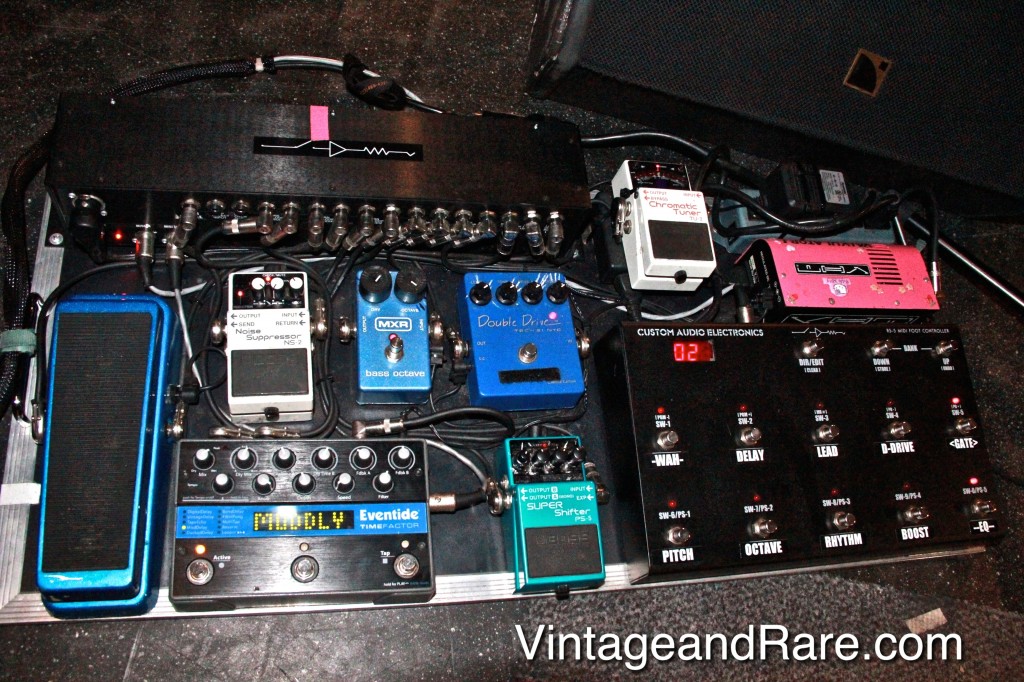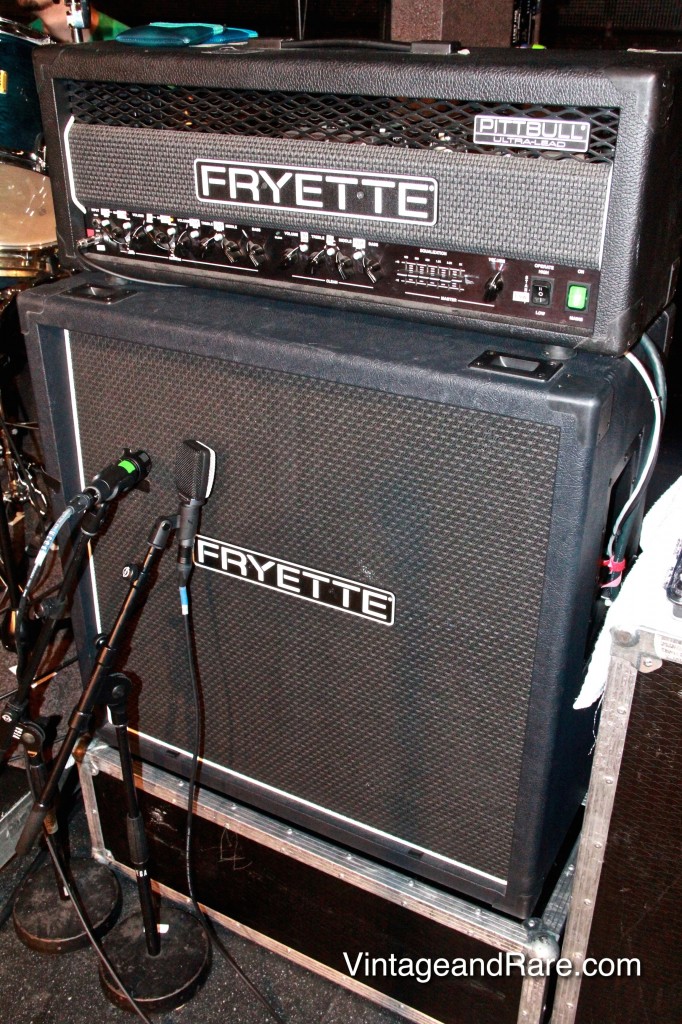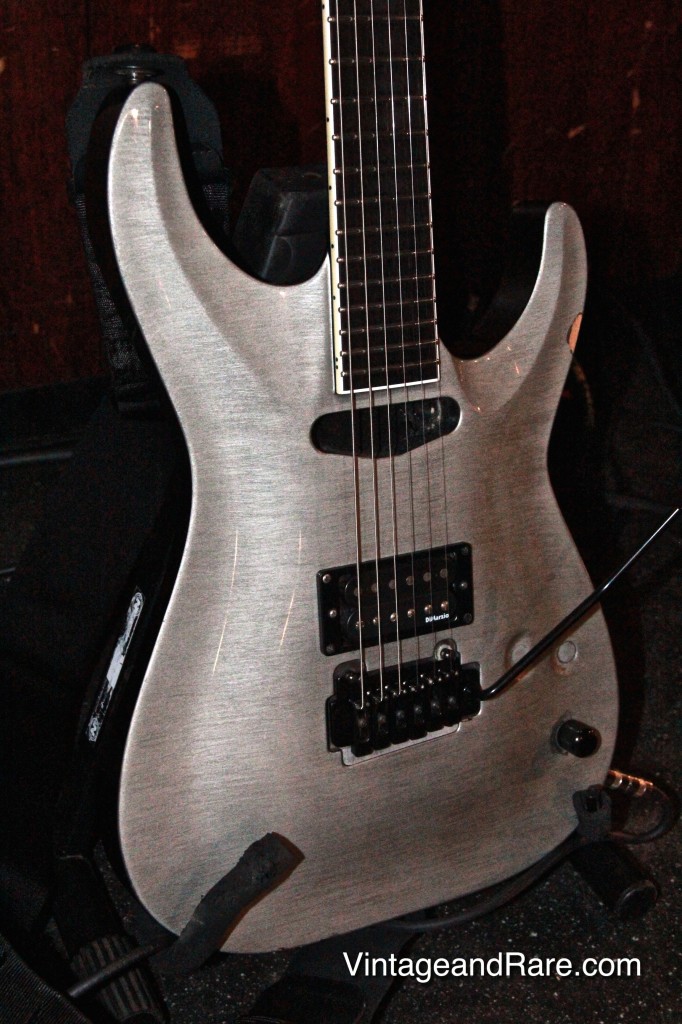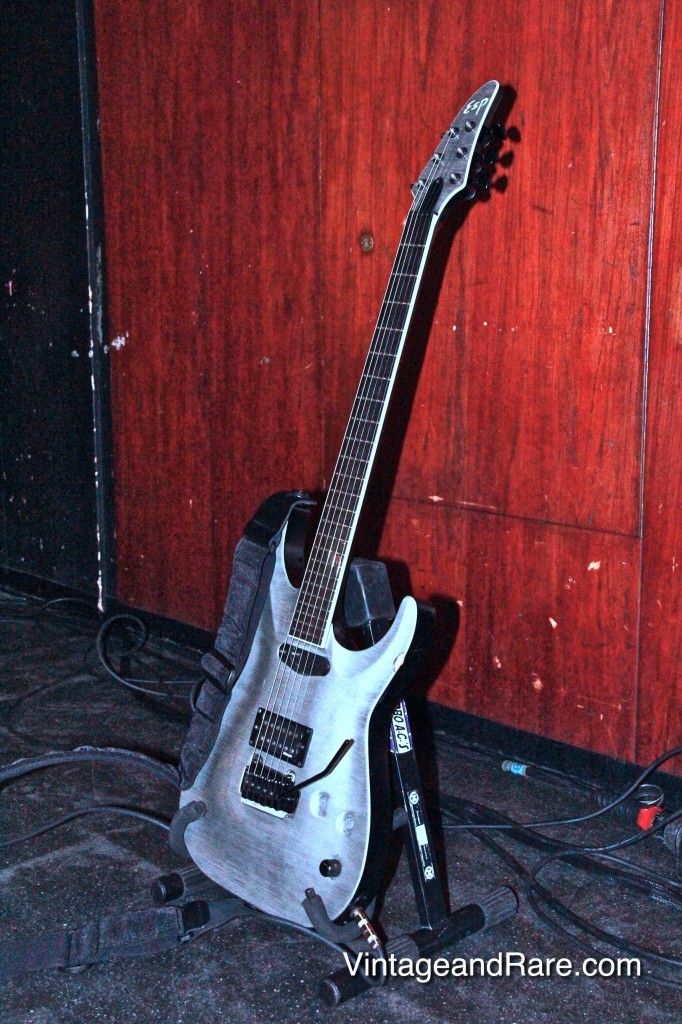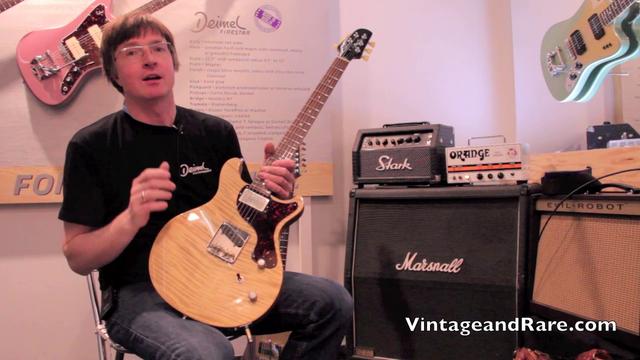Brian May, famous for his role as the main guitarist in Queen, is not only an incredible talented guitarist, who stills plays his instruments just as good (if not better) as he did in the heydays of Queens success. However though May himself is an interesting, talented and curious person, for guitar players like us there are two more sides to him that makes him even more interesting. First of all his first guitar (which is still in use) was homebuilt by May and his father, mainly from scraps and random pieces of wood. Though fashioned in this way the guitar has a professional sound and due to a number of renovations still plays perfectly to this day. Another curious thing about may is that he doesn’t use picks, at least not in the traditional sense, instead he plays with coins!
Brian May and his farther began the construction of his unique guitar back in 1963, when May was around 17. Having already built at least one guitar beforehand the pair had some experience, but no education in the matter. Being a poor family, the bulk of the guitar had to be fashioned out from pieces of scrap and what could be found for cheap or free. The guitar called the Red Special, the Old Lady or the Fireplace, is constructed form a number of various bits and pieces. The neck for instance is made from the wooden mantle of a fireplace (hence its name), while the body is made from the wood from a table, some block-board and a veneer of mahogany. The entire guitar is made with hand tools, as the whole instrument was made in the work shop of the May’s family home. And not only is the entire thing hand built and carved, even the wiring is made by May and his father, even the frets and everything else besides the strings and the pickups (which he have personally restrung, leaving only the strings unmodified) are made from random pieces of material – the whammy is made from part of a bicycle saddlebag holder, the springs attached to it from a motorbike and the tremolo is made from parts of an old knife. Truly a patch work instrument one should expect it to sound like that as well. Surprisingly enough the guitar has a truly amazing sound, as if it were made form a professional luthier. Having been feature on every single Queen record to date. Actually the only period of time when May does not use it is when it is required for him to change guitars for specific songs or if the Fireplace is receiving maintenance.
When being maintained May often uses replica guitars made from his own guitar building company Brian May Guitars, guitars that he often takes with him on tour to be sure that replacements are ready should the need arrive during a concert. However the guitars alone are not the single reason behind his unique sound. His own personal flavour is of course the main reason behind his sound, yet those two factors alone is not the only thing that creates the Brian May sound; his curious choice in guitar-picks is also a major contributor as May have become fond of using coins instead of picks! He mostly uses British sixpence coins, but is also known to use american cents or dimes or other coins that are of equal or similar size and thickness. May claims that the rigidity of the coin helps him when he plays, and that the ridges on the edge of the coin aids him in creating unique sounds, that he does not feel he could get in other ways.
No matter how he goes around it we think that Brian May is a guitar legend in every way and we hope that he will continue to contribute to the world of music in years to come, both as part of Queens live tours and as a featured guitar player for other artists.
For more info on Brian May visit his website here.
For more Premier Guitar rig rundown videos, visit the rig rundown playlist on youtube here.
And don’t forget to visit Vintage & Rare on our other social media platforms:





